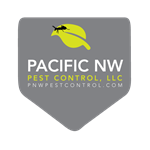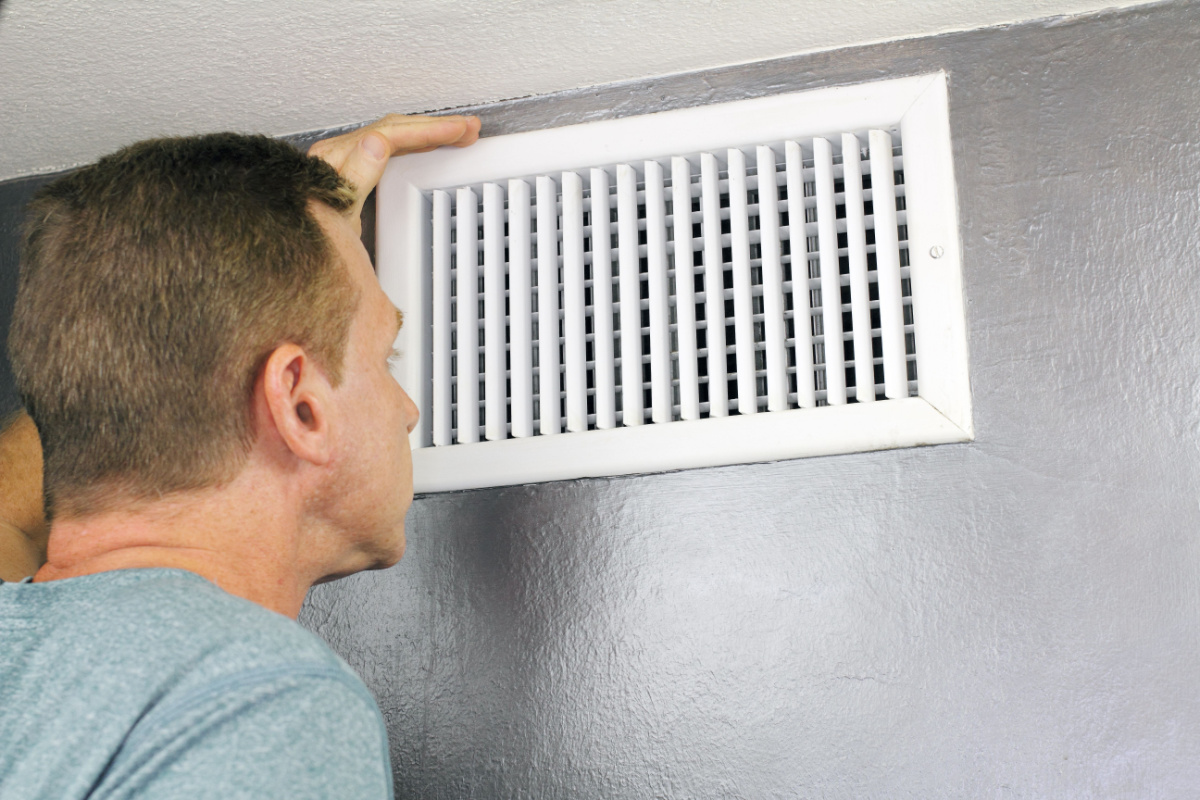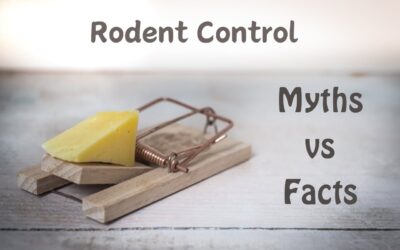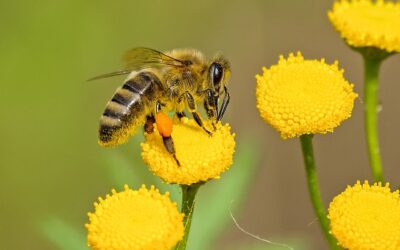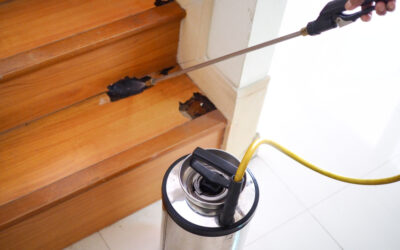Air ducts play a crucial role in maintaining a comfortable and healthy indoor environment in the Pacific NW. They circulate conditioned air throughout our homes and buildings, ensuring proper ventilation and temperature control. However, like any other component of our HVAC systems, air ducts are susceptible to damage. Here we will explore the five most common causes of air duct damage, including the notorious presence of rodents. Understanding these causes can help homeowners and property managers identify potential issues and take appropriate preventive measures.
1. Poor Maintenance And Neglect
One of the primary causes of air duct damage is poor maintenance and neglect. Over time, dirt, debris, and contaminants accumulate within the ducts. Neglected air ducts become breeding grounds for bacteria, mold, and fungi. These contaminants can cause corrosion and deterioration of the ductwork. Additionally, if the air filters are regularly replaced or cleaned, they can avoid becoming clogged, causing the HVAC system to work harder and potentially leading to duct damage.
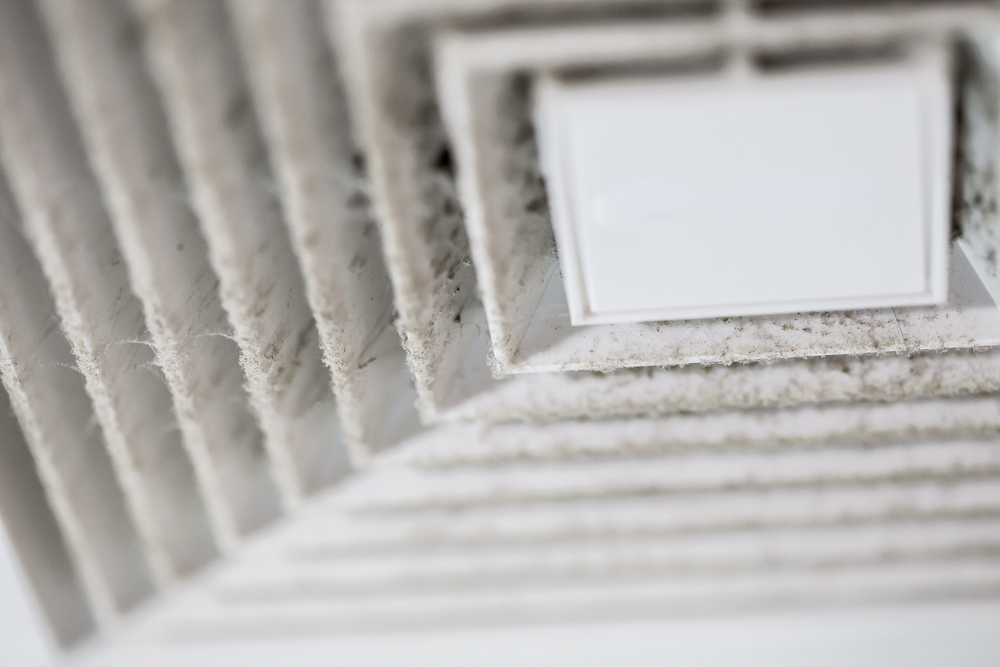
Regular maintenance and cleaning of air ducts are crucial to prevent damage. It is recommended to have the ducts professionally cleaned every three to five years, depending on the usage and environmental conditions. Additionally, replacing or cleaning air filters every one to three months will help maintain the system’s efficiency and prevent debris buildup.
2. Rodents And Vermin
Rodents, such as mice and rats, are not only unpleasant pests but also significant culprits of air duct damage. These critters often seek shelter and nesting opportunities within the ductwork. They can gnaw through the ducts, causing holes, tears, and other forms of structural damage. Furthermore, rodent droppings and urine can contaminate the air, posing health risks to occupants.
To prevent rodents from accessing your air ducts, ensure that any potential entry points, such as gaps or cracks in the walls, are sealed. Additionally, maintain cleanliness and eliminate food sources that may attract rodents. If an infestation is suspected in your HVAC system, it is essential to consult with a pest control professional to address the issue promptly.
3. Construction And Renovation
Construction and renovation activities can inadvertently lead to air duct damage. During these processes, the ductwork might be accidentally hit, pierced, or bent, compromising its integrity. Additionally, the accumulation of construction debris, such as dust, sawdust, or plaster, can obstruct the ducts, restrict airflow, and cause damage over time.
When planning construction or renovation projects, it is crucial to protect the air ducts. Covering the duct openings with appropriate materials, such as plastic sheets or filters, can prevent debris from entering the system. Additionally, clear communication with contractors and regular inspections during and after the construction process will help identify and address any potential issues promptly.
4. Aging And Wear
As air ducts age, they naturally deteriorate and become more susceptible to damage. The combination of constant airflow, temperature fluctuations, and exposure to moisture takes a toll on the ductwork over time. This can lead to cracks, leaks, and weakened joints, reducing efficiency and compromising indoor air quality.
While aging is unavoidable, regular inspections can help identify signs of wear and tear. Prompt repair or replacement of damaged duct sections can prevent further damage and ensure the optimal functioning of the HVAC system. Additionally, proper insulation of the ductwork can help mitigate the effects of temperature fluctuations and reduce the risk of condensation and moisture-related damage.
5. Improper Installation
Improper installation of air ducts can significantly contribute to long-term damage and inefficiency. Common installation errors include using the wrong-sized ducts, improper sealing, and inadequate insulation. These issues can result in air leakage, reduced airflow, and increased energy consumption.
To prevent air duct damage due to improper installation, it is crucial to hire a qualified and experienced HVAC professional for the job. They will ensure that the ducts are appropriately sized, sealed, and insulated according to industry standards. Investing in professional installation may incur upfront costs but can save significant expenses in the long run by preventing damage and optimizing the system’s performance.
Air duct damage can have a detrimental impact on the efficiency, indoor air quality, and overall performance of HVAC systems. Understanding the common causes of air duct damage is the first step in preventing and addressing potential issues.
By being proactive and attentive to the health of your air ducts, you can prolong their lifespan, enhance the performance of your HVAC system, and maintain a healthy indoor environment. Regular inspections, maintenance, and prompt repairs will not only save you money but also contribute to your overall comfort and well-being.
